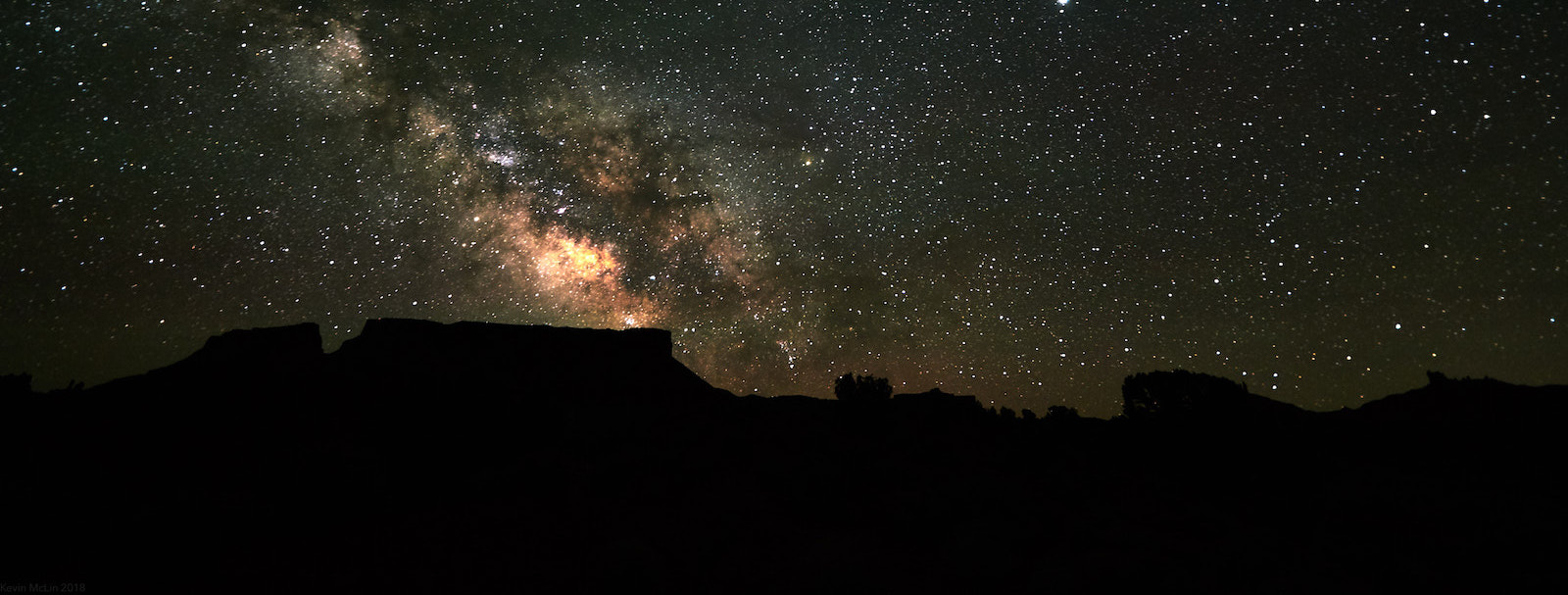
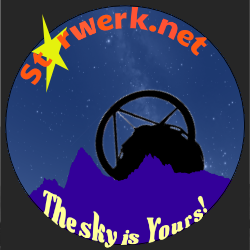
- © 2025 Kevin McLin / Starwerk 0


The night sky contains 6000 stars - more or less - that are visible to the typical human eye. That means that at any given moonless night, a person could see about 3000 of these stars. Or such was the case back when the sky was mostly dark and we mostly lived in dark places.
Today, most of us live in brightly lit cities, so the number of stars we can see is vastly smaller than was the case only a century ago. Starwerk conducts its programs in areas with dark skies, so you will view the stars as people saw them before electric lights robbed us of their presence.
You will learn many of the brighter stars, those that are visible even in bright sky areas, which you will be able to take home with you. These bright stars can be your waypoints to the much fainter objects on display in dark sky locations.
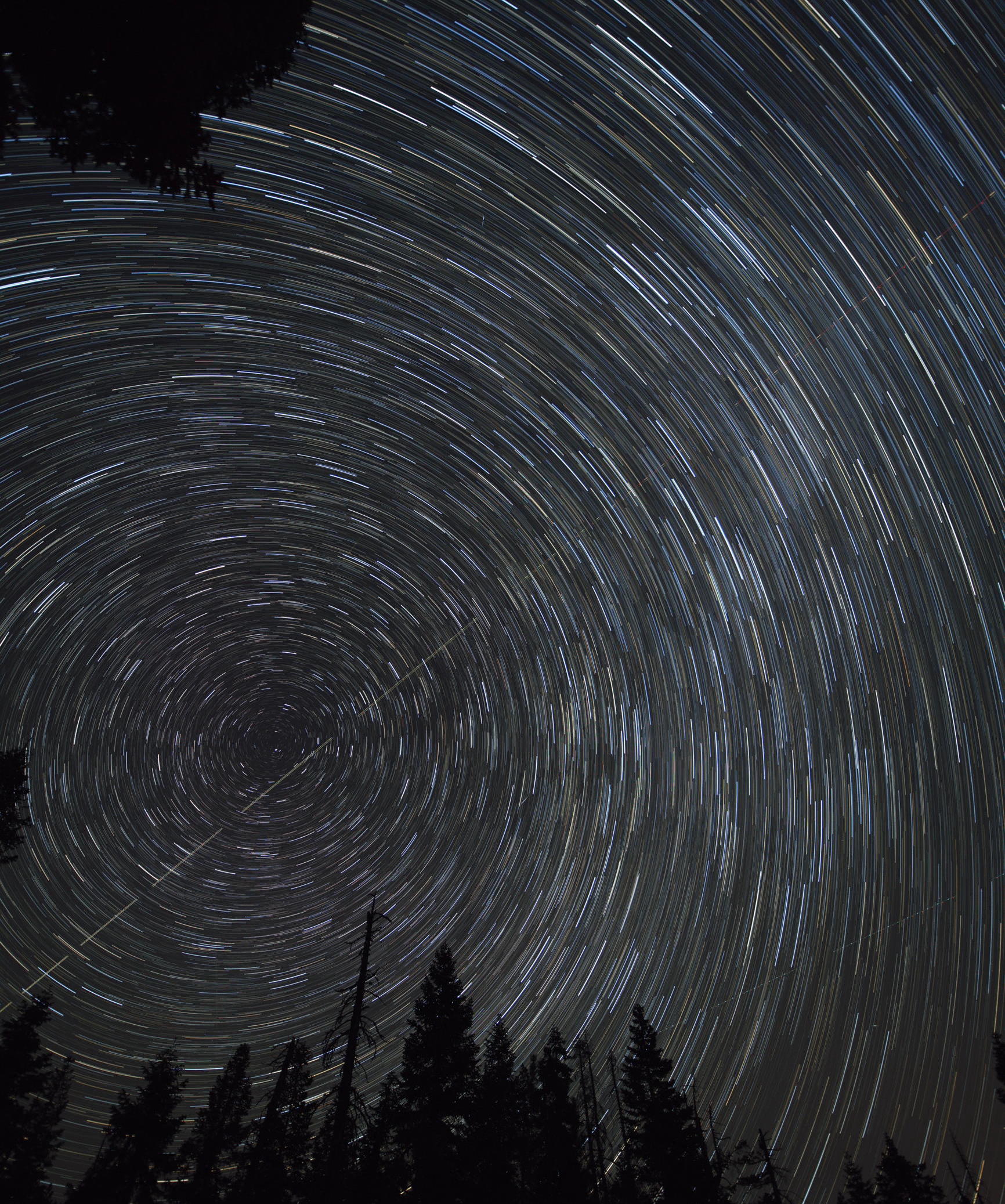
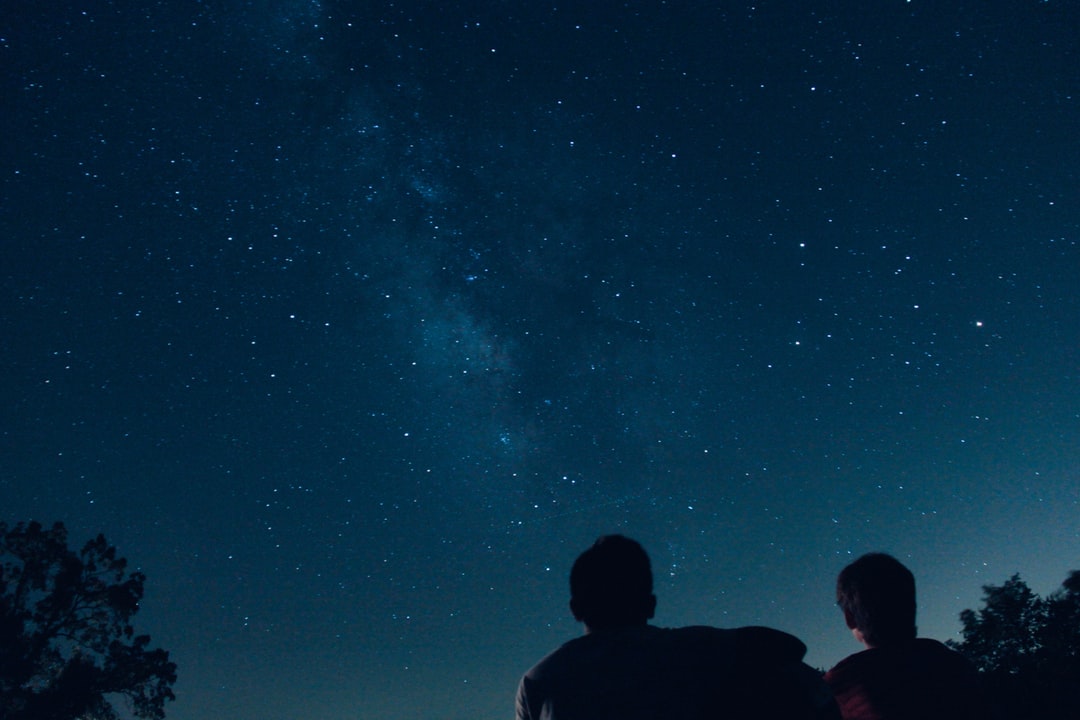
Astronomers divide the sky into 88 constellations. Some are huge and full of bright stars and are easy to recognize. Think Orion. Others are more difficult to pick out because they contain only faint stars and might (or might not) take up only a tiny patch of sky. In our sessions we show you examples of both, and we will reveal a few secrets contained within even some of the best-known constellations.
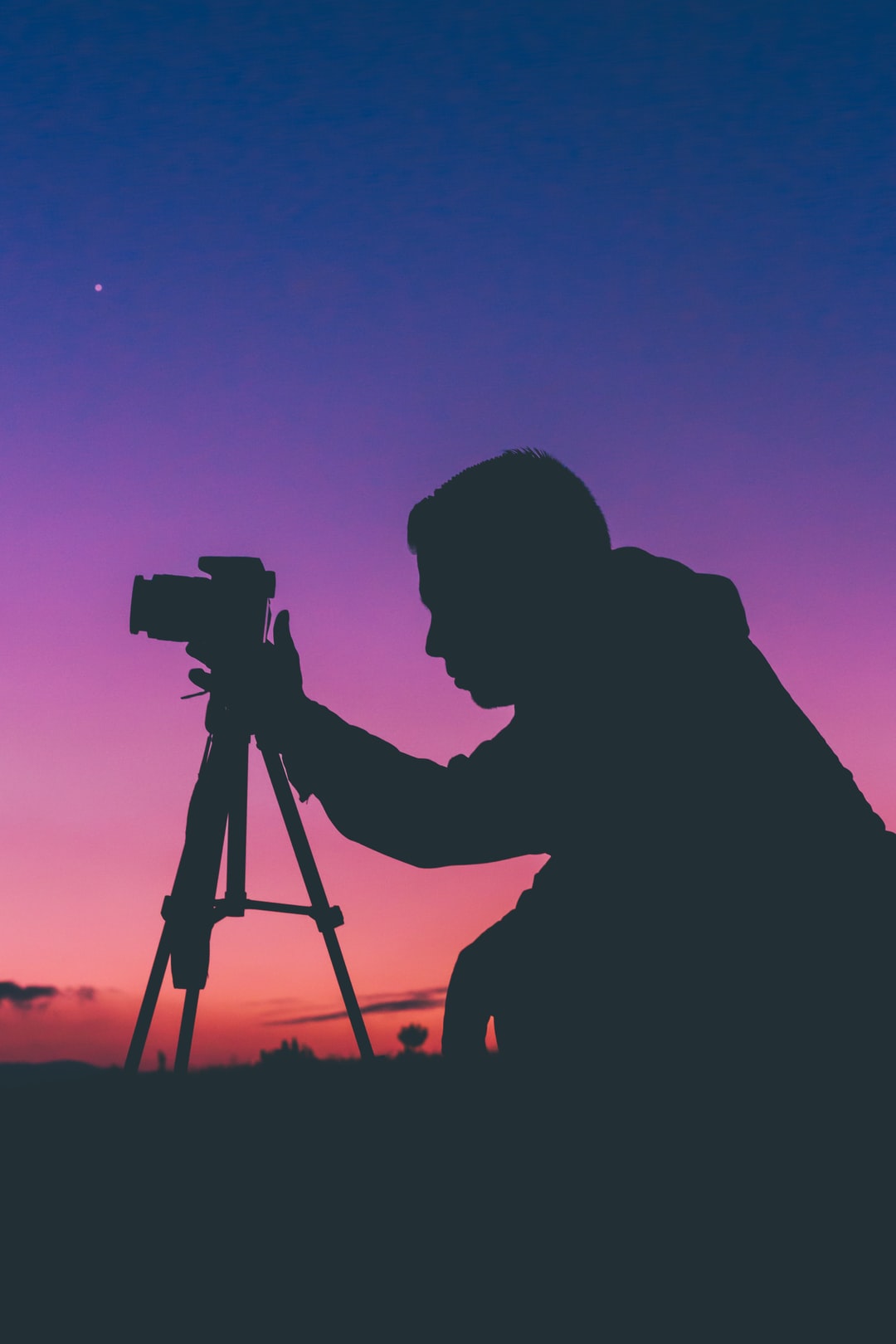
Use your digital camera to photograph the Milky Way, create star trails or record other aspects of the nighttime sky. Learn what settings and lenses work best and how to find interesting subjects to photograph. We offer packages for beginners and experienced photographers.
Familiarity with the night sky has several practical benefits. It allows you to orient yourself on a cloudless night, and so navigate. You can even use the stars to tell the time when you don’t have a watch. Beyond these practical matters, understanding the sky and its contents and motion is just a lot of fun.
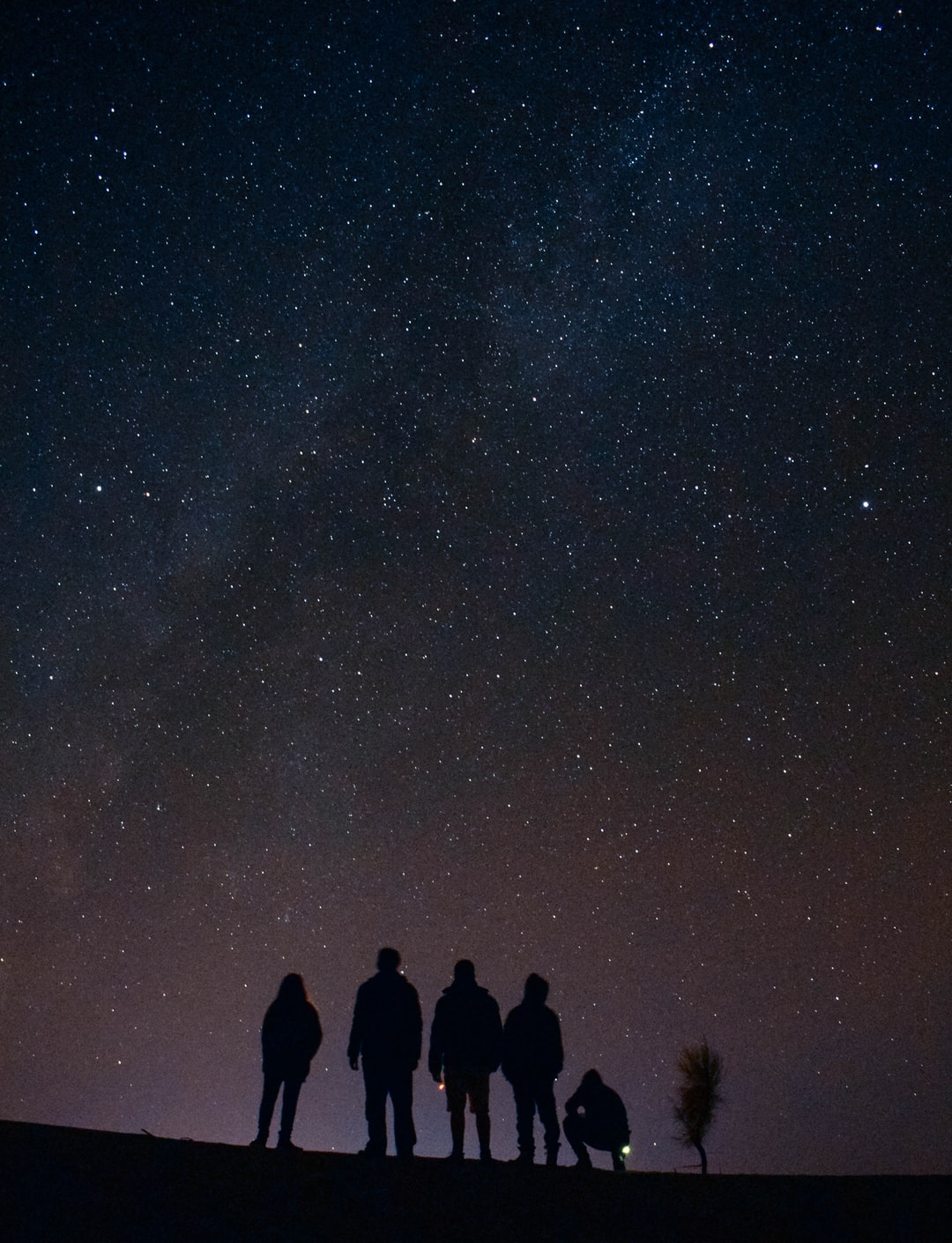
We offer different program packages to suit different interests. Some offer sky viewing by night, geology hikes by day. If you prefer, you can choose a night program alone, or a geology hike alone. It’s up to you.
Have a look at the program selections below. When you see one you like, make a reservation by clicking on the button. You will be taken to the scheduling page where you will se a listing of our currently scheduled programs. You must register for all of our programs because we like to limit the number of people to a manageable size. Note the two-letter codes that distinguish each type of program: OG for Open Group, PG for Private Group, AP for Astrophotography and ON for Overnight. These codes are used in the schedule to indicate what sort of program is being offered for each listing.
Perhaps you would like a more customized program. Contact us and we can discuss how we might provide something unique.
This package is for people who want to come to one of our normally scheduled programs. These are limited to ten participants, maximum, with a five person minimum. If you want to come alone or with a friend (or two), this is probably the package for you. You’ll meet a few new people and learn about the sky and local geology at the same time.
If you have a group that you would like to schedule for a private session, we will work to accommodate you. The maximum group size we recommend is ten. If you want a larger group we will try to work it out, but keep in mind that time on the telescopes becomes limited with more people. Cost is dependent on the size of the group.
Please remember that the date and phase of the moon will affect what is visible in the sky.
In these programs we will teach you to use your own digital camera to take images of the night sky. We will concentrate on direct imaging with the camera, not imaging though the telescope. If you would like to image through one of our telescopes, or your own, talk to us about setting up a special program. We limit these programs to 20 participants.
There is no geology hike with these programs. If you are interested in learning about the geology of one of the areas we visit, please sign up for a geology hike separately.
These programs are for the adventurous. We set out to a dark sky area east of the Sierra and spend a night or two camping under the stars and viewing the sky. During the day we will hike and explore the local geography, geology, flora and fauna. Our daytime guide will be a geologist who will tell us about the natural history of the area we traverse. Participants must have their own camping gear and are responsible for their own meals and transportation.
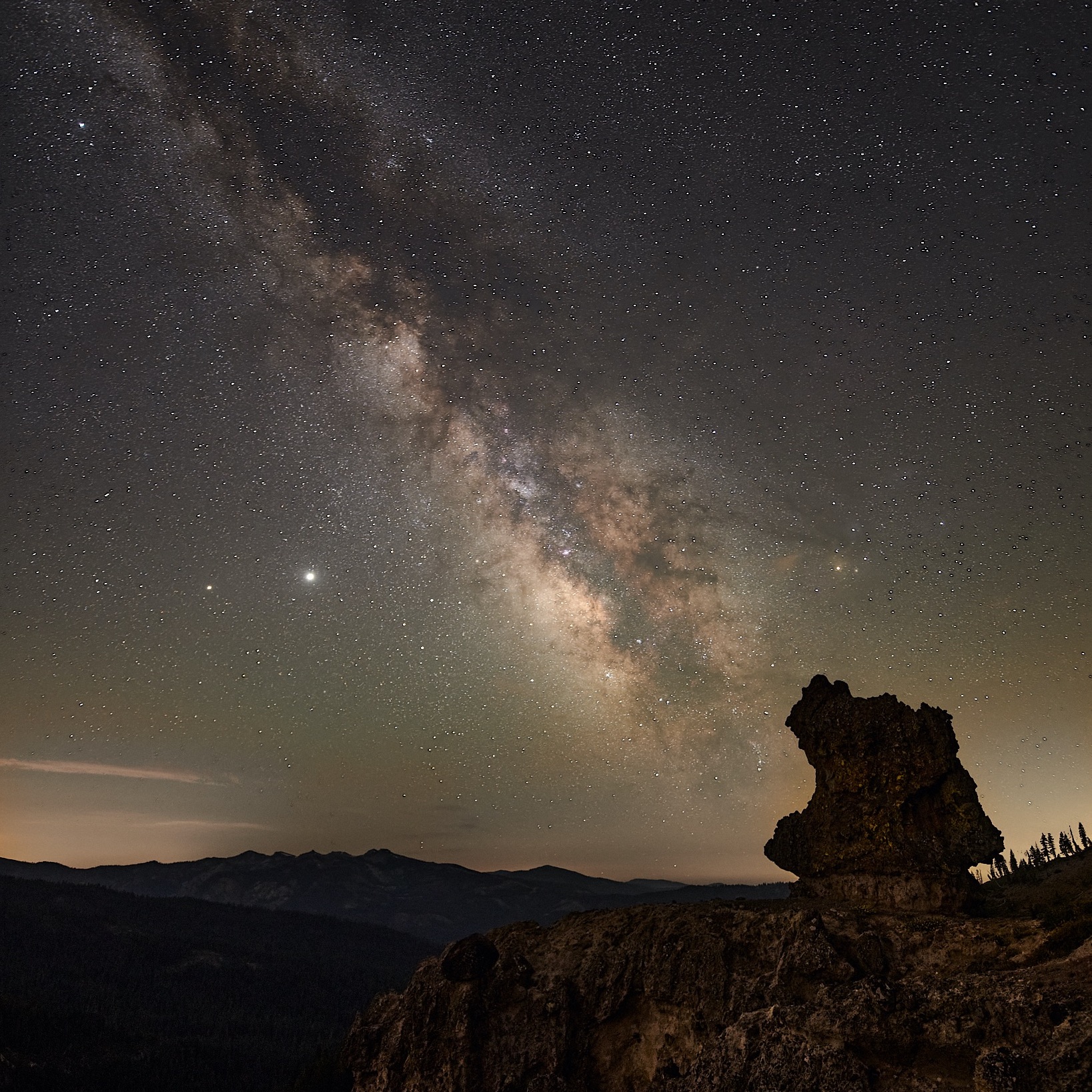
Let us be your guides to the Earth and the sky. Our selected hikes and tours of the night sky will deepen your understanding of the natural world and the place we all share within it. Whether you choose to attend one of our normally scheduled programs or work with us to design a custom event for a special occasion, we are sure you will leave with an expanded view of your local, and not so local, environment. And most of all, they are a lot of fun!
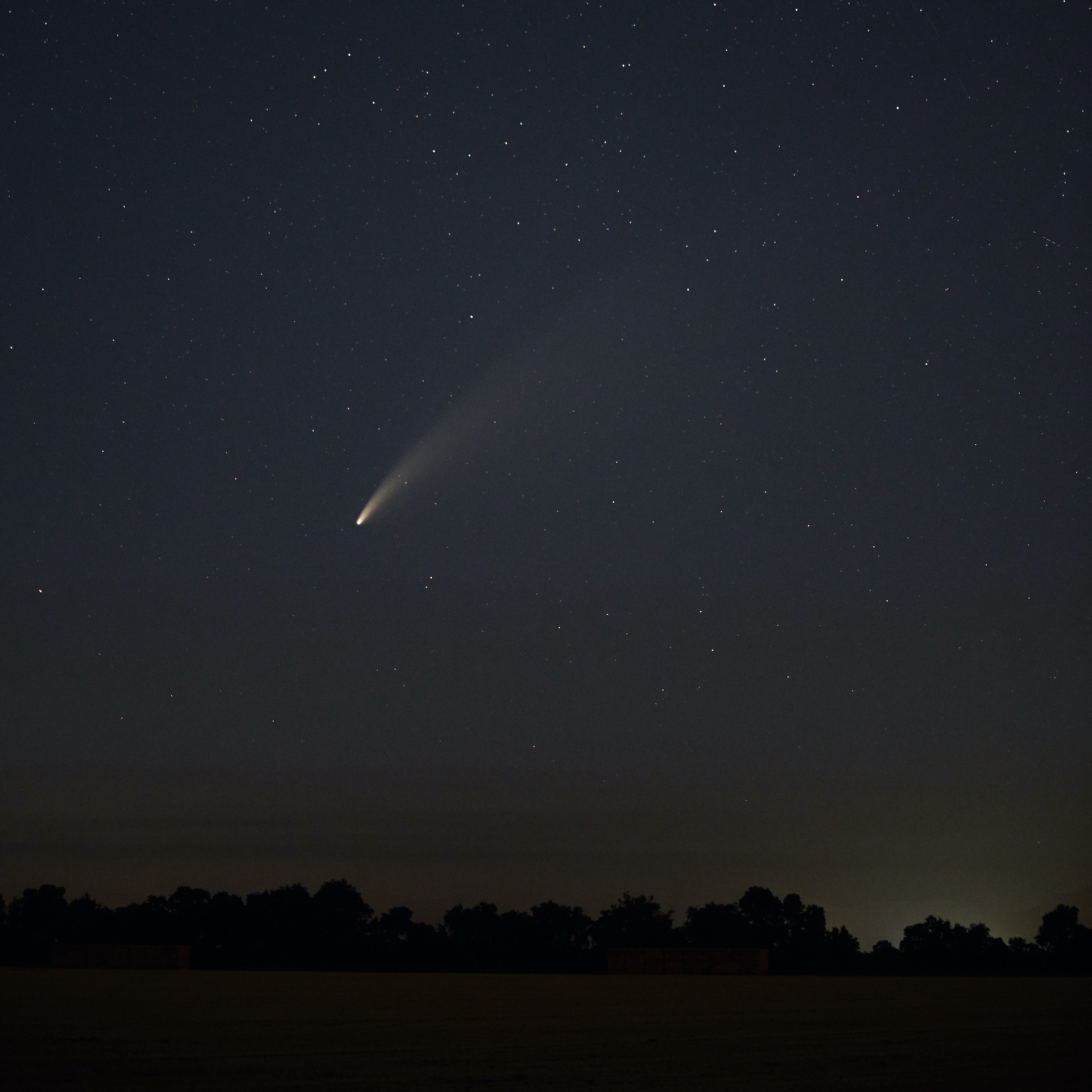
The two videos below show the effect of city lights on our view of the night sky. Most of us cannot really experience the stars because the places we live throw too much light up into the sky at night. The flood of artificial light makes the sky it too bright and drowns out our view of the stars. This light pollution afflicts almost everyone on Earth now, but it was not always that way. Only after the advent of electric lighting did we lose the sky.
It is still possible to view a pristine sky, but you must travel to areas far from cities and towns. Starwerk holds its programs in areas like that. If you have never visited such a place - and depending on where you live, there might not be any of them nearby - have a look at the videos to get an idea of how the urban light environment is robbing you of your night sky heritage. These are worth watching full screen.